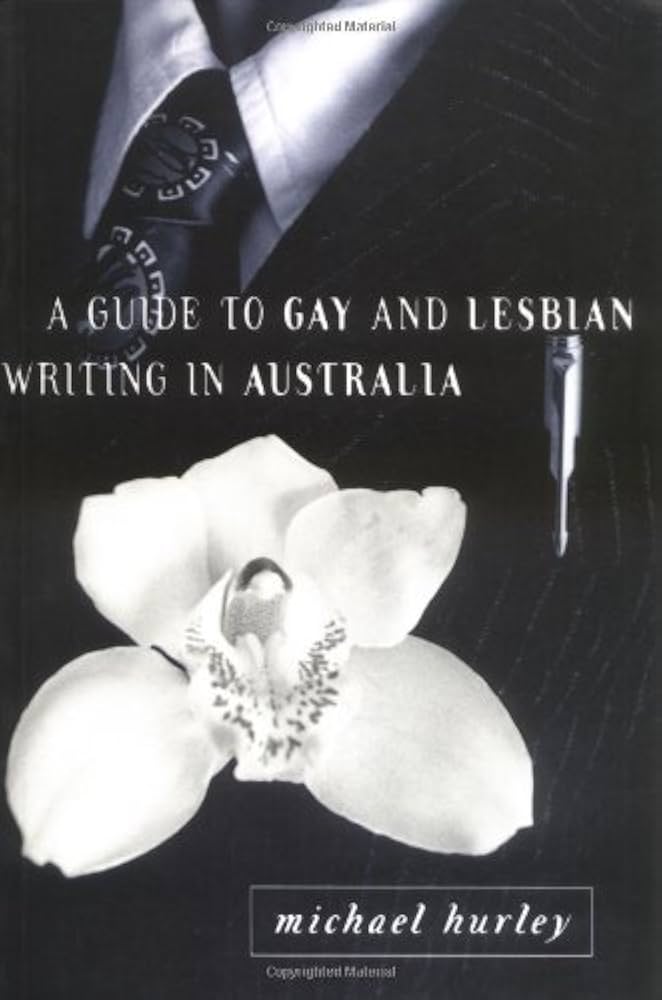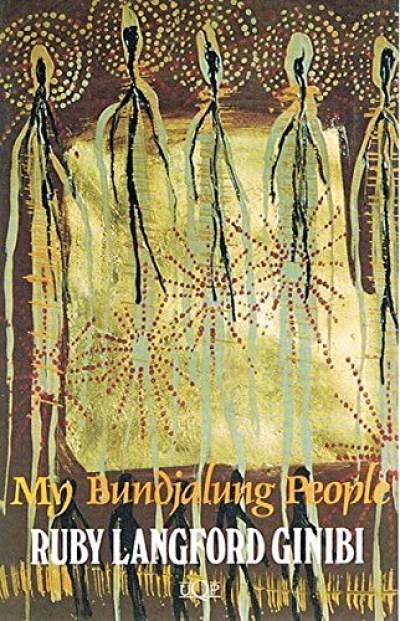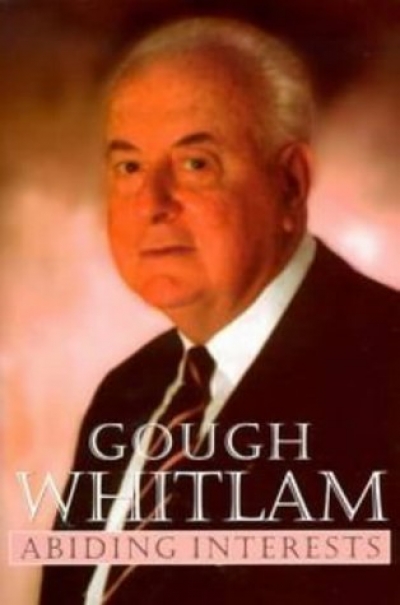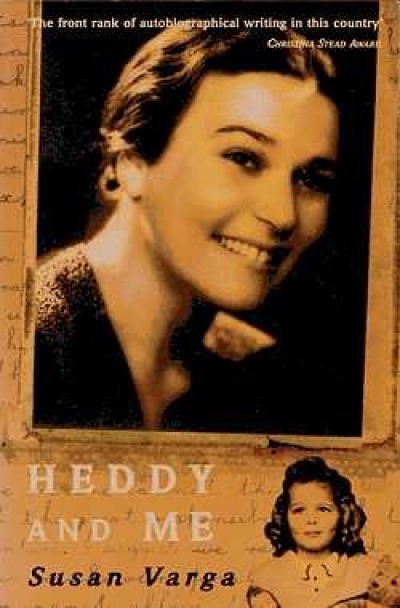Memoir
Mortal Divide: The autobiography of Yiorgos Alexandroglou by George Alexander
Mortal Divide is an anti-oedipal odyssey, Joycean roman à clef, migrant memoir, and Orphic mini-epic. Nemerov’s self-reflexive Journal of a Fictive Life is one of its inspirations. George (Yiorgos) is a first-generation Greek translator working at the Multicultural Broadcasting Service. Victim of the media machine, he begins to hear and see things that aren’t ‘real’, including his spectral double Yiorgos Alexandroglou, and plunges videoleptically into dreams whenever he closes his eyes.
... (read more)Hayden: An autobiography is a fine book – one of the best political memoirs written by an Australian. It’s also a valuable historical work by a former politician who, thank God, doesn’t take himself too seriously.
Bill Hayden clearly made good use of his time as governor–general (1989–96) to undertake extensive research. In the acknowledgments section, the author gives generous thanks to librarians and archivists who assisted his endeavours. But it is clear that much of the detailed work was undertaken by Hayden himself.
... (read more)A Guide to Gay and Lesbian Writing in Australia by Michael Hurley & In With The Tide by Michael Noonan
The first national guide and only major reference work on gay, lesbian, queer and transgender writing has a tall order to fill. Thanks to Hurley’s practical and sophisticated direction the guide is geared to perform to a demanding audience of both specialist and general interest.
The dead-end problems of producing such a historically destined resource – to include or not to include – are skilfully manoeuvred. Hurley’s introduction acknowledges the limits of such a publication while ushering us into the creative research possibilities of a guide which balances the importance of its inaugural mission with a healthy open-ended approach to the history it is making.
... (read more)A Radical Tory: Garfield Berwick’s reflections and recollections by Garfield Barwick
The intellectual and other cultural divides between New South Wales and Victoria that emerged in the second half of the nineteenth century are among the most intriguing features of Australian history. Evidence of their continuing influence on law and politics in more recent times provide the most significant aspect of this autobiography by Sir Garfield Barwick.
... (read more)It’s a clever and provocative title that Patsy Adam-Smith has chosen for her autobiography. She is a woman who has said many ‘goodbyes’ in her rich and adventurous life; and she is of an age and disposition where ‘girlie’ is heard as an endearment, not a put-down. Patsy AdamSmith is one of Australia’s greatest writers, although you will rarely hear the literati or the academics say so in public. As an historian she has been more widely read than Manning Clark (it would be interesting to know how many of the purchasers of Clark have been able to finish each volume); and she and Wendy Lowenstein have listened to the histories of more Australians than probably the rest of us put together. But she remains insignificant in the eyes of the theorists of oral memory and historical consciousness.
... (read more)The ‘place in the city’ of Fr Edmund Campion’s latest pilgrimage into Australian Catholic life and history is St Mary’s cathedral, Sydney. Campion spent six years here as a young-priest working in the shadow of both the cathedral and the august Normal Cardinal Gilroy.
... (read more)Contemporary Aboriginal writing, like Aboriginal art, is now so diverse that is impossible to talk about any one particular style. John Muk Muk Burke, whose first novel, Bridge of Triangles, has just been published, recently told a Sydney seminar for Aboriginal writers that they were no longer writing from the viewpoint of victims. He said they were survivors rising from the ashes of the invasion like the phoenix. Burke’s own novel is multi-layered, poetic and visually strong, with a structure informed by his study of world literature.
... (read more)Literary biographies are reputedly more widely read than their subjects’ own works: more people have probably read David Marr’s biography of Patrick White than have tackled The Twyborn Affair or The Aunt’s Story. The same may perhaps can be said for autobiography, and it’s my bet that Geoffrey Dutton’s Out in the Open will attract more attention than, say, his novel, Andy (Flying Low), his collections of poetry, or even his impressive biography of Edward John Eyre.
... (read more)Part guru, part factoid, Gough Whitlam shows every sign of enjoying his retirement from politics. Thanks primarily to Sir John Kerr, Sir Garfield Barwick, and Sir Anthony Mason. And of course, Malcolm Fraser.
... (read more)Heddy is a survivor. She is good looking, intelligent, strong, determined, businesslike, materialistic, positive, rather like those formidable Middle-European ladies who run dress shops and control their customers with a mixture of bullying and continental charm. She has tremendous vitality, guts and initiative, has taken great risks and worked hard to ensure freedom from fear and material security for herself and her family.
... (read more)










